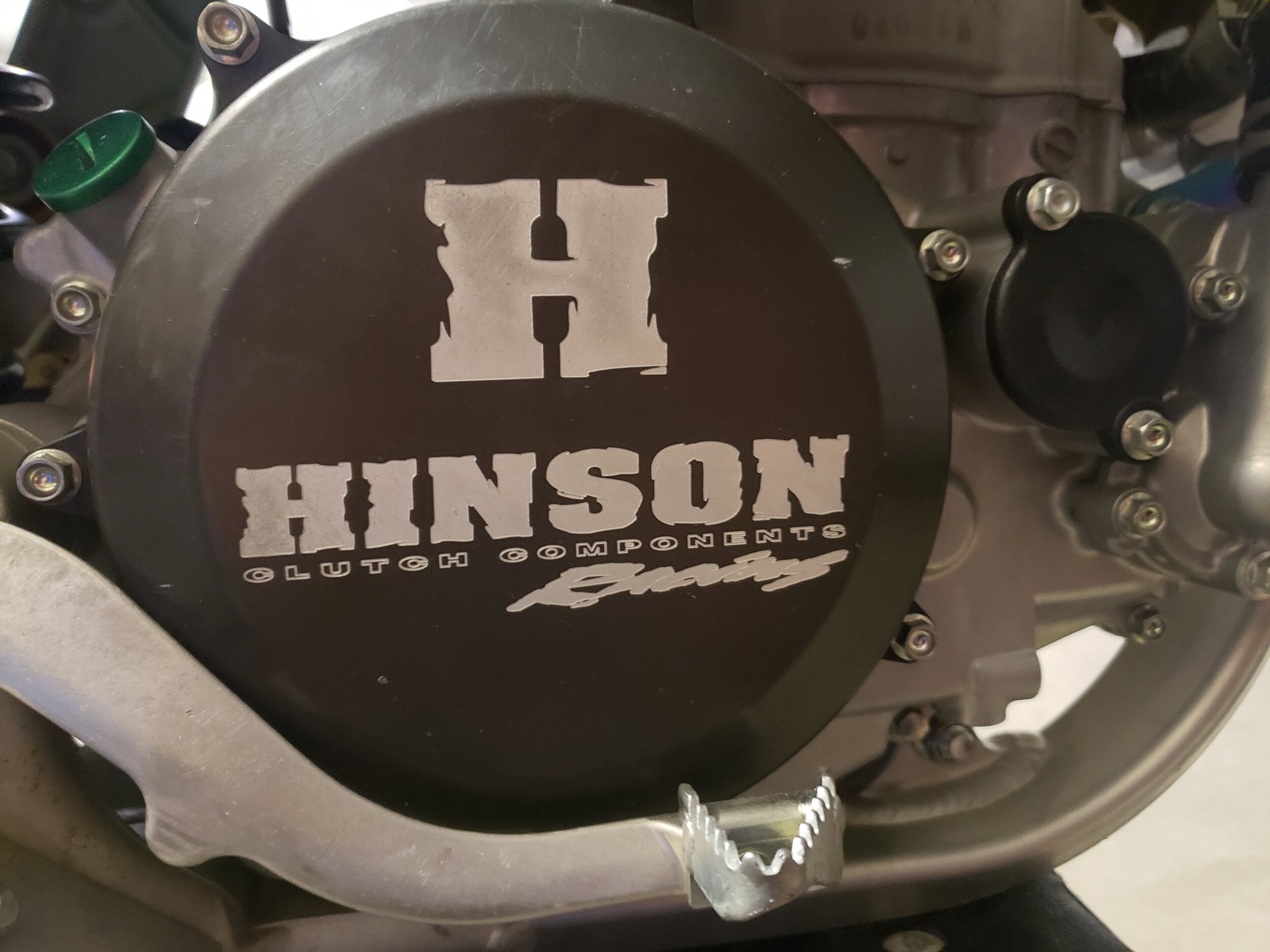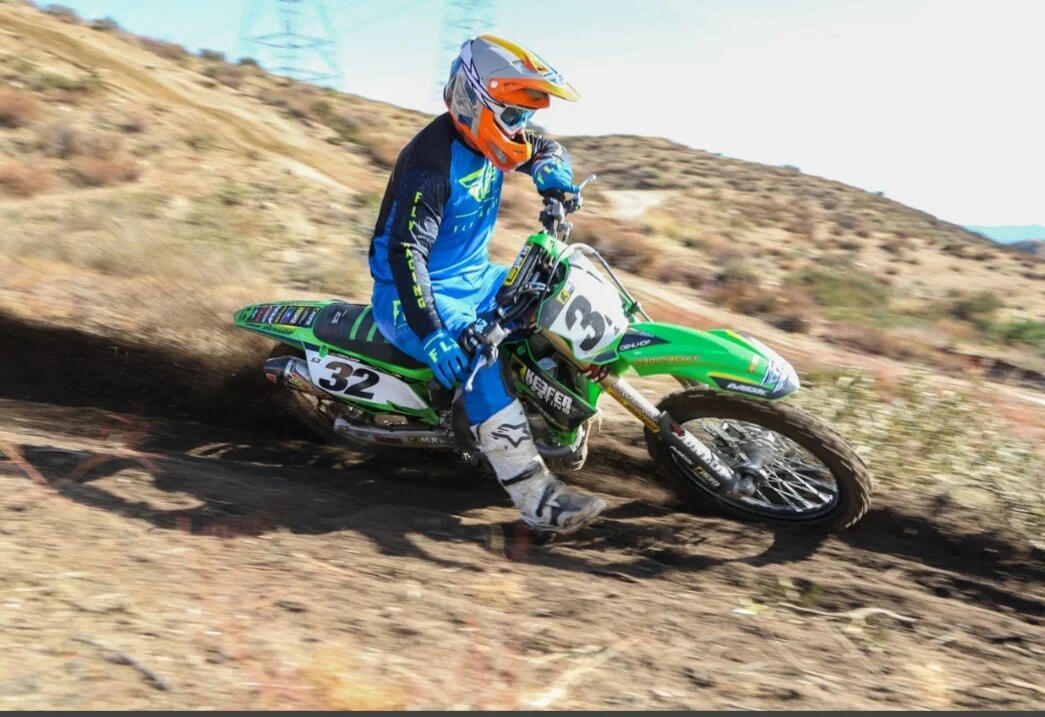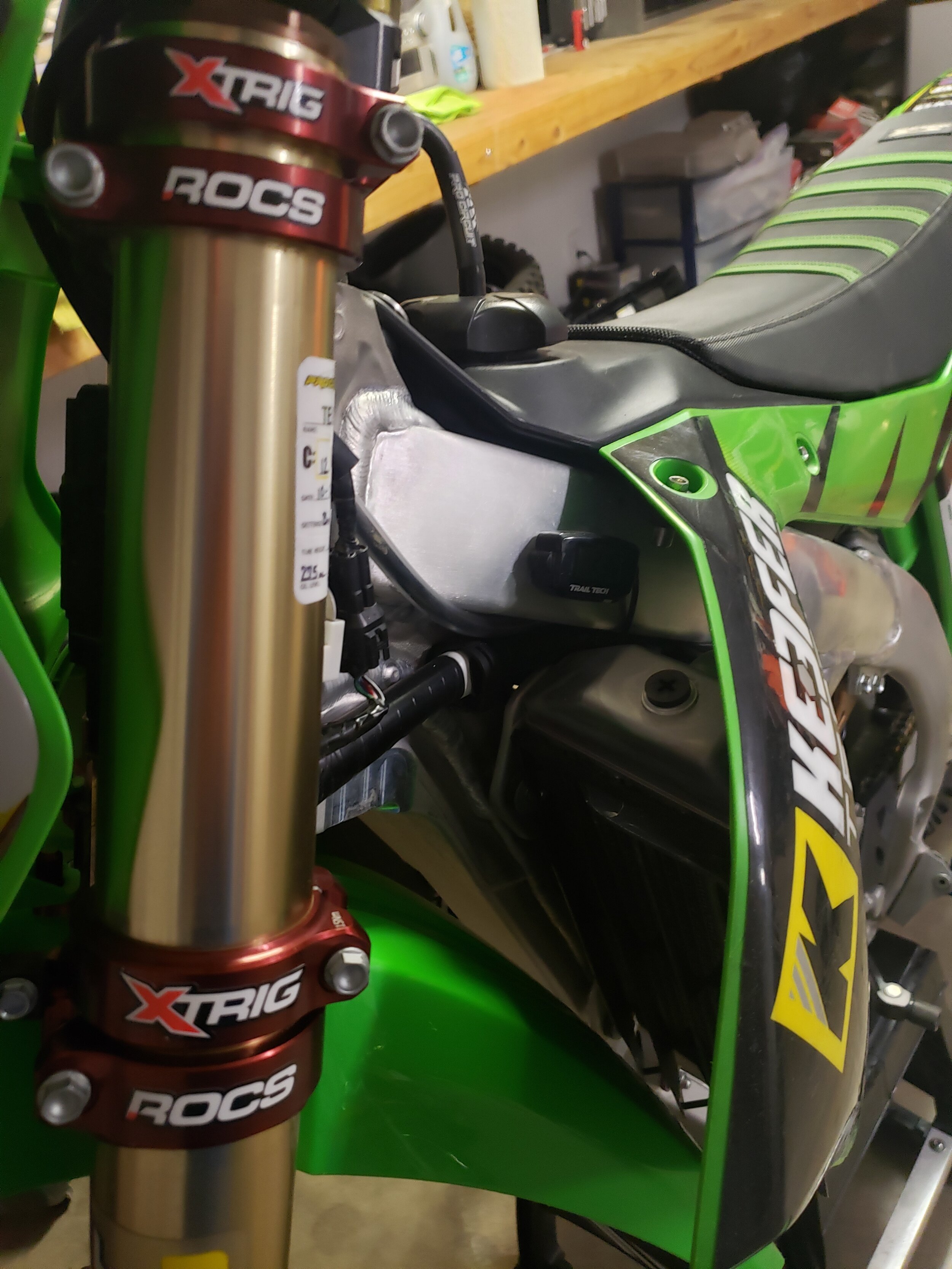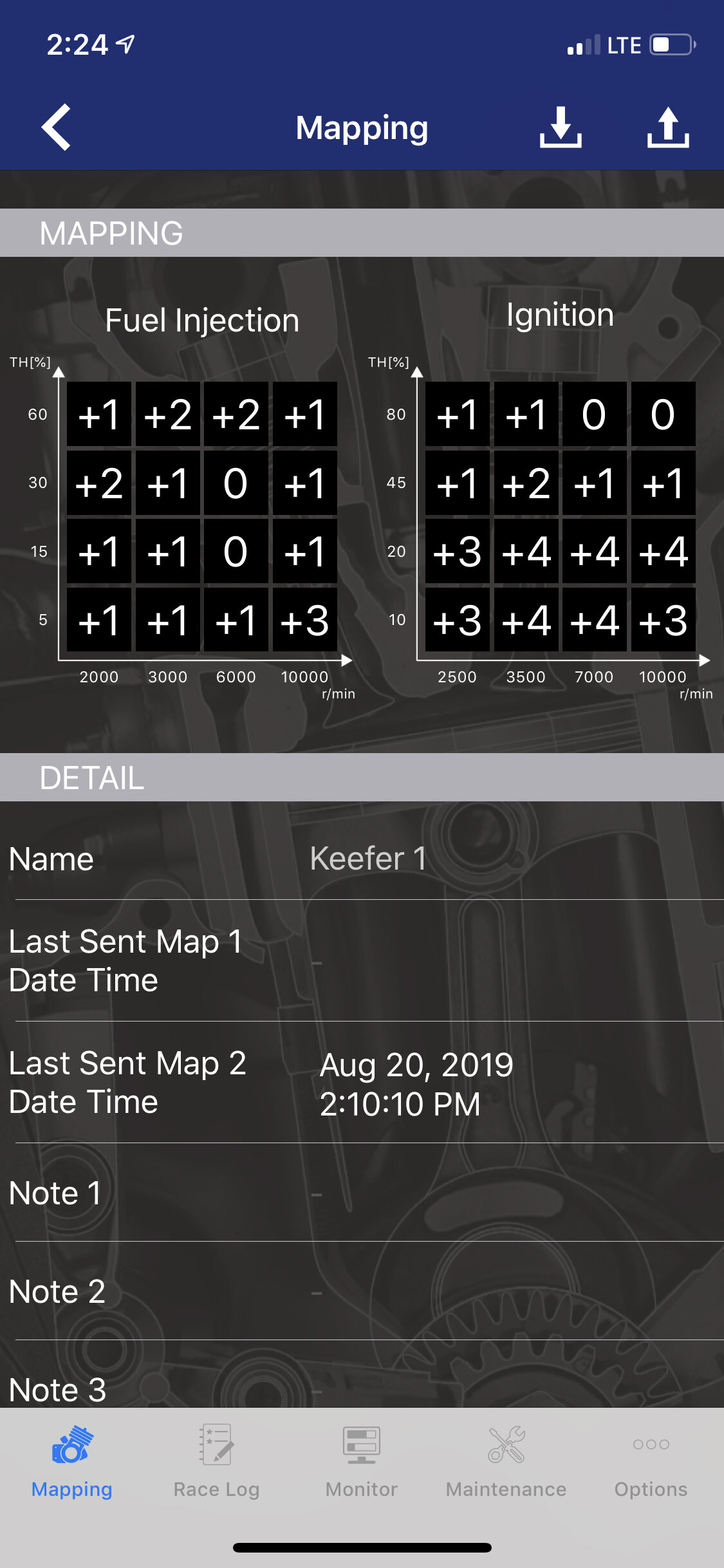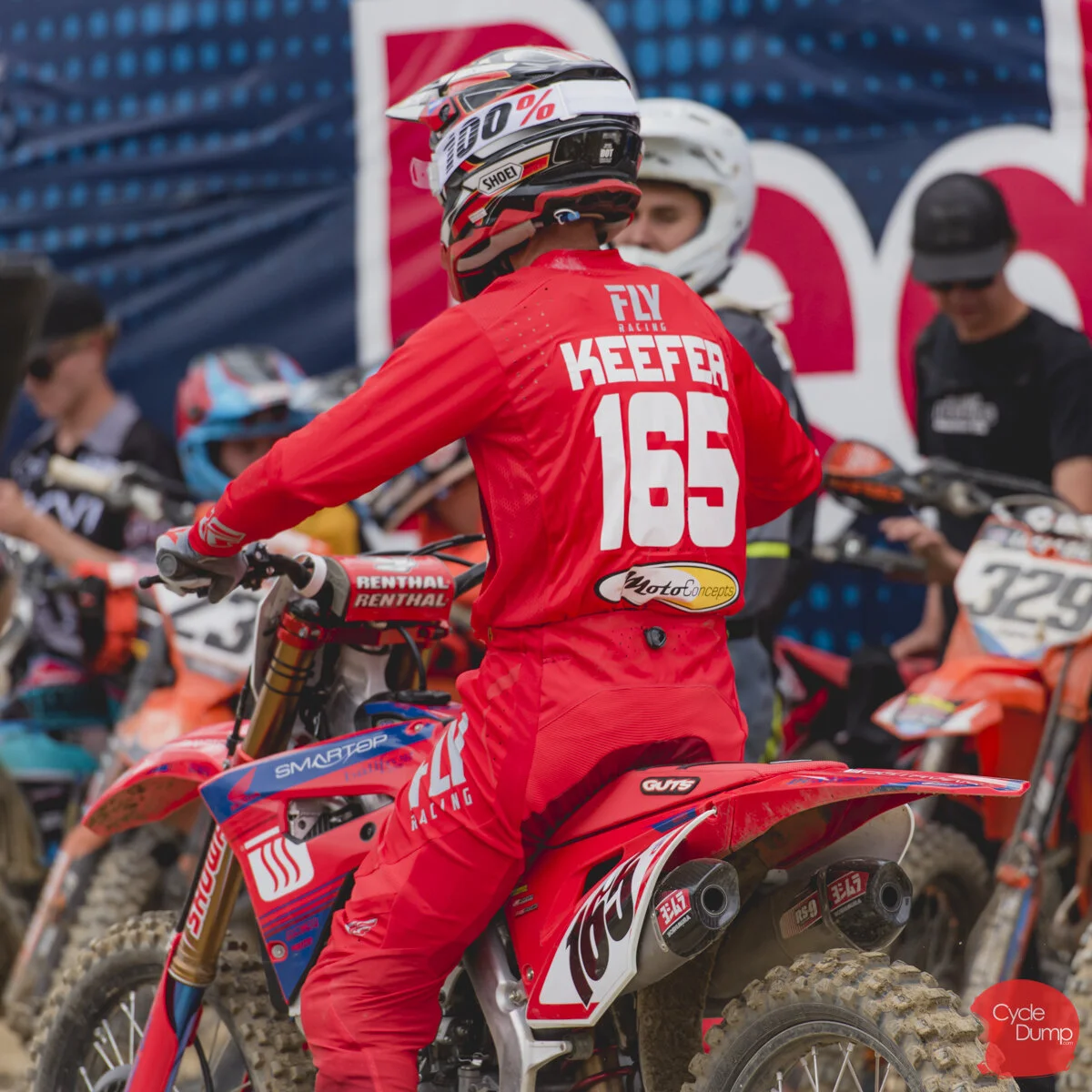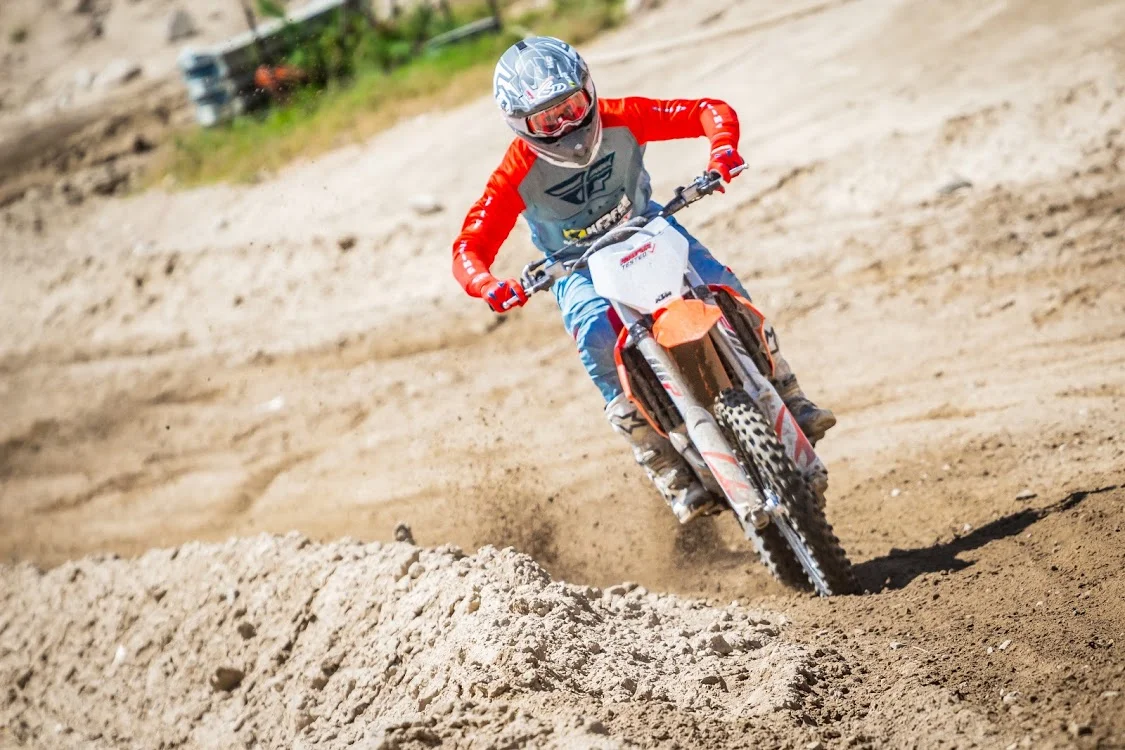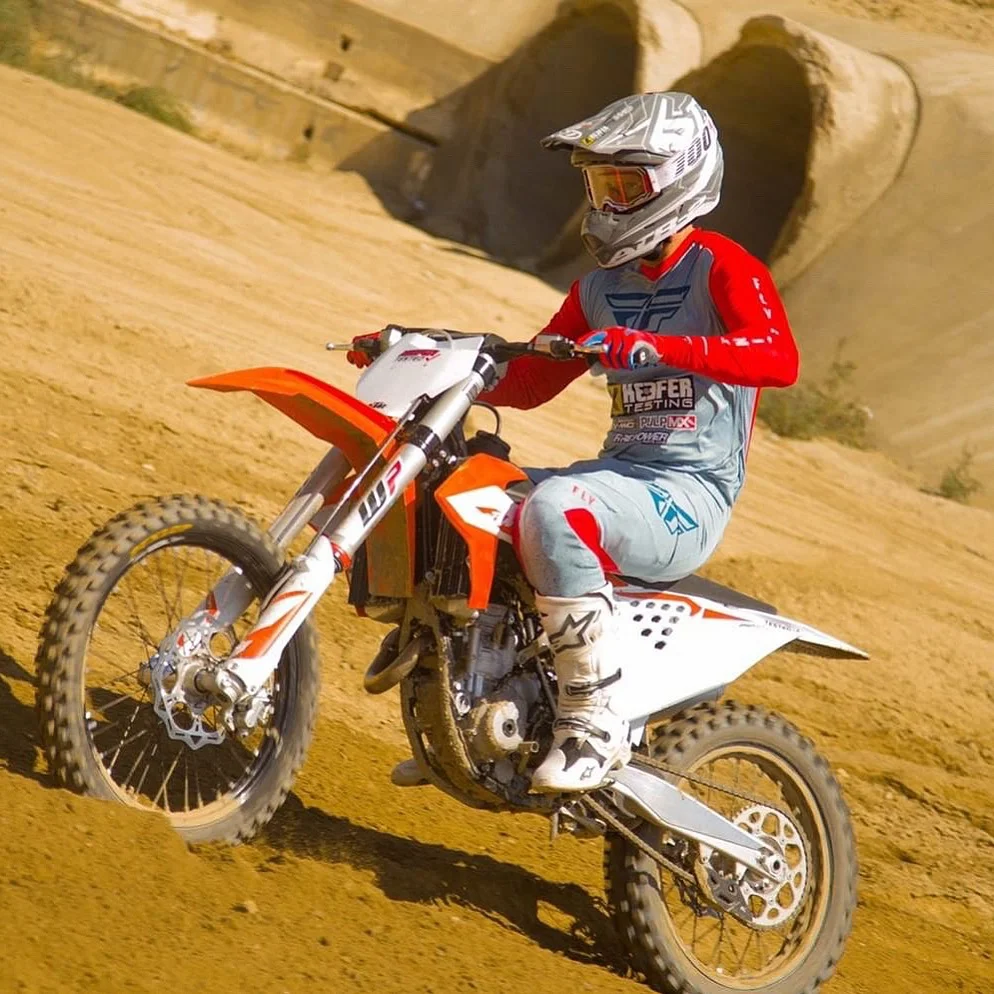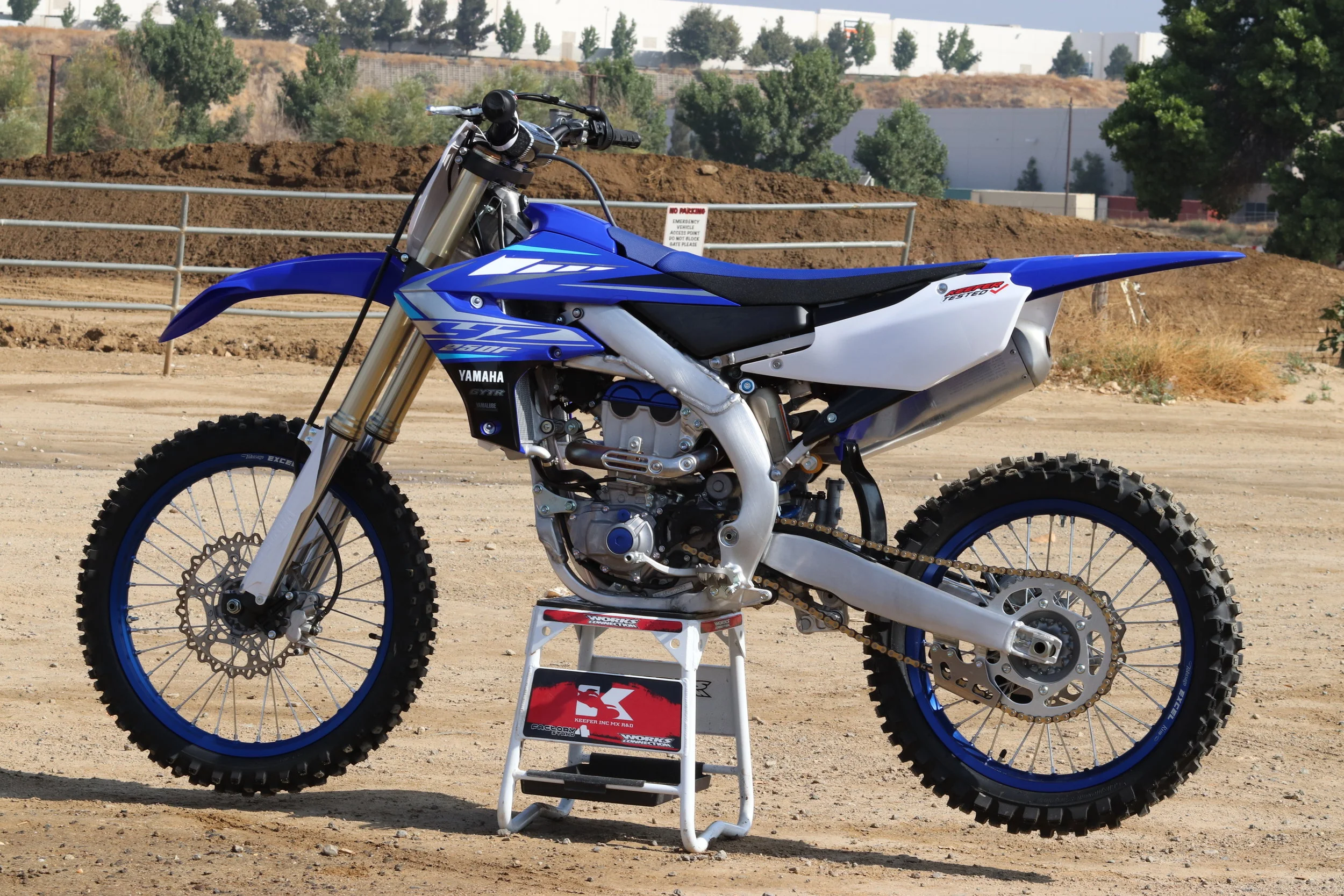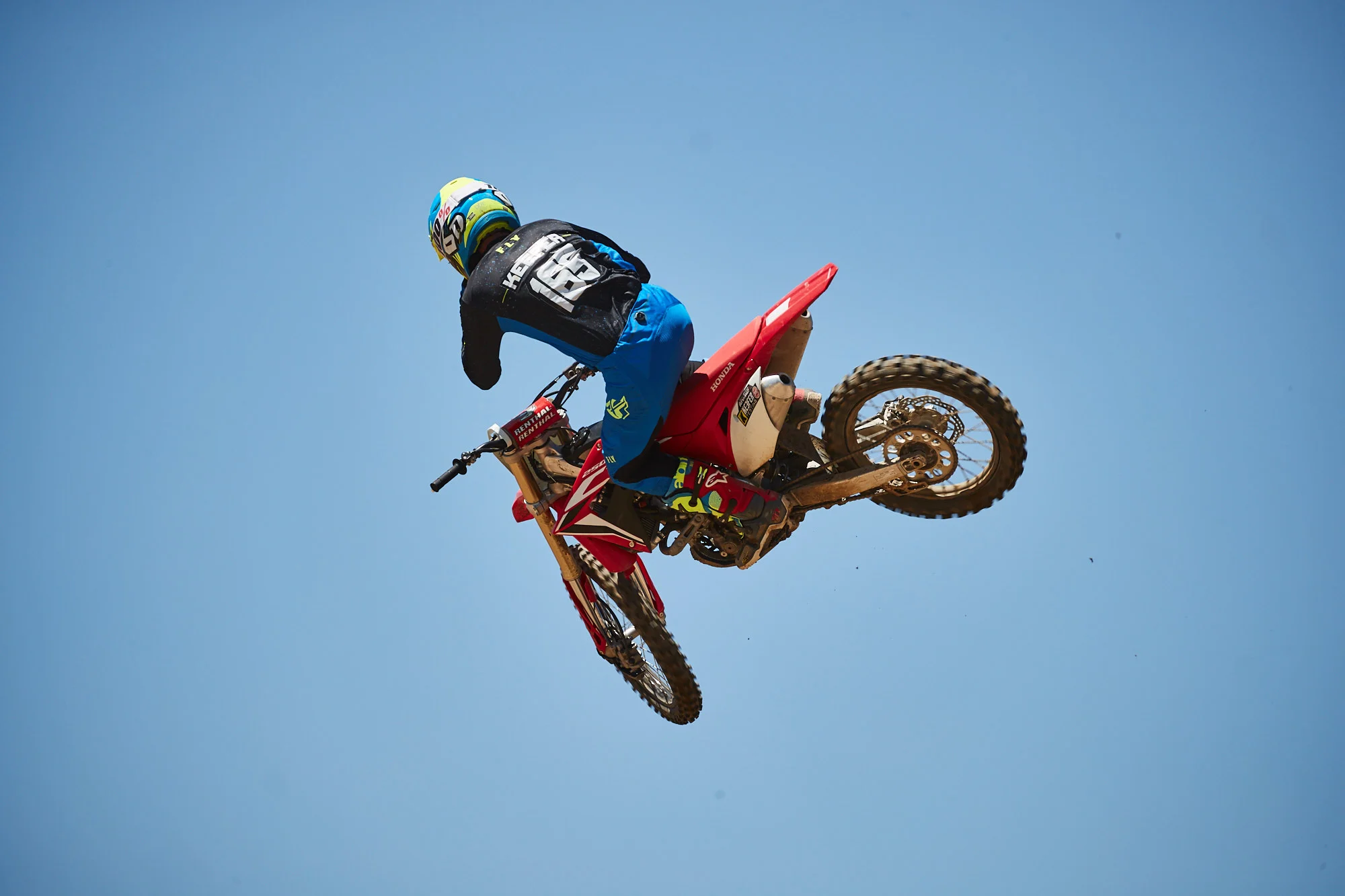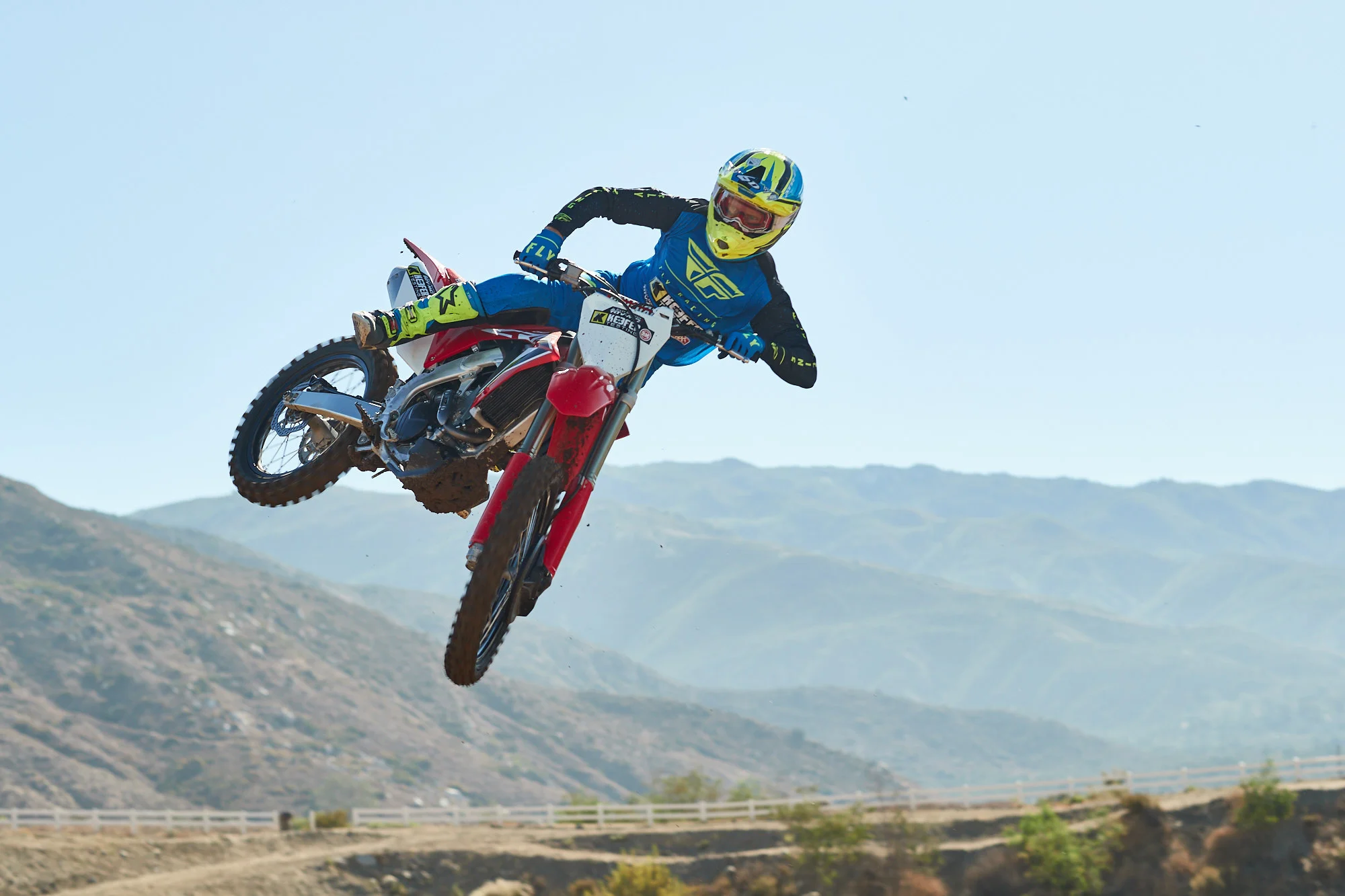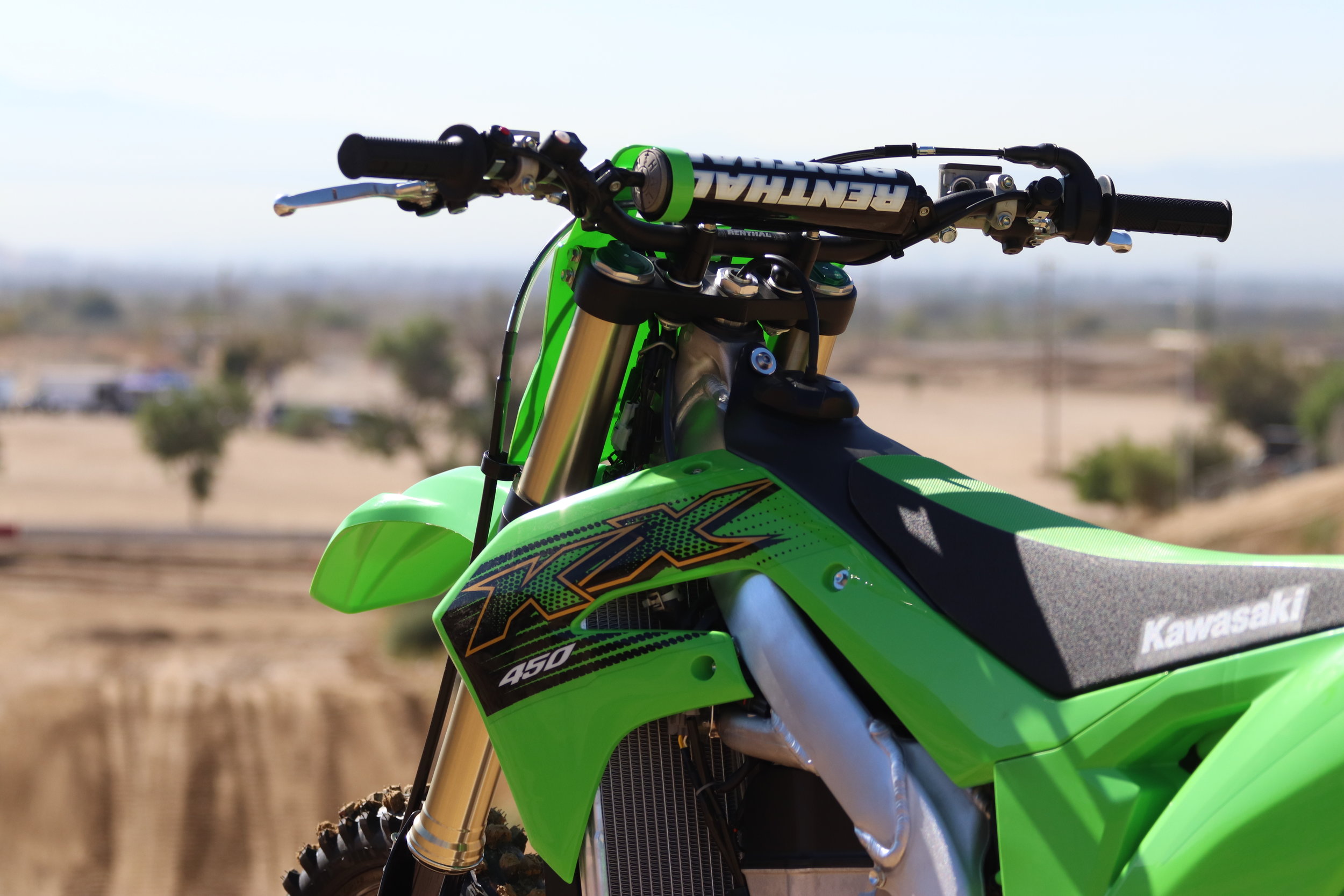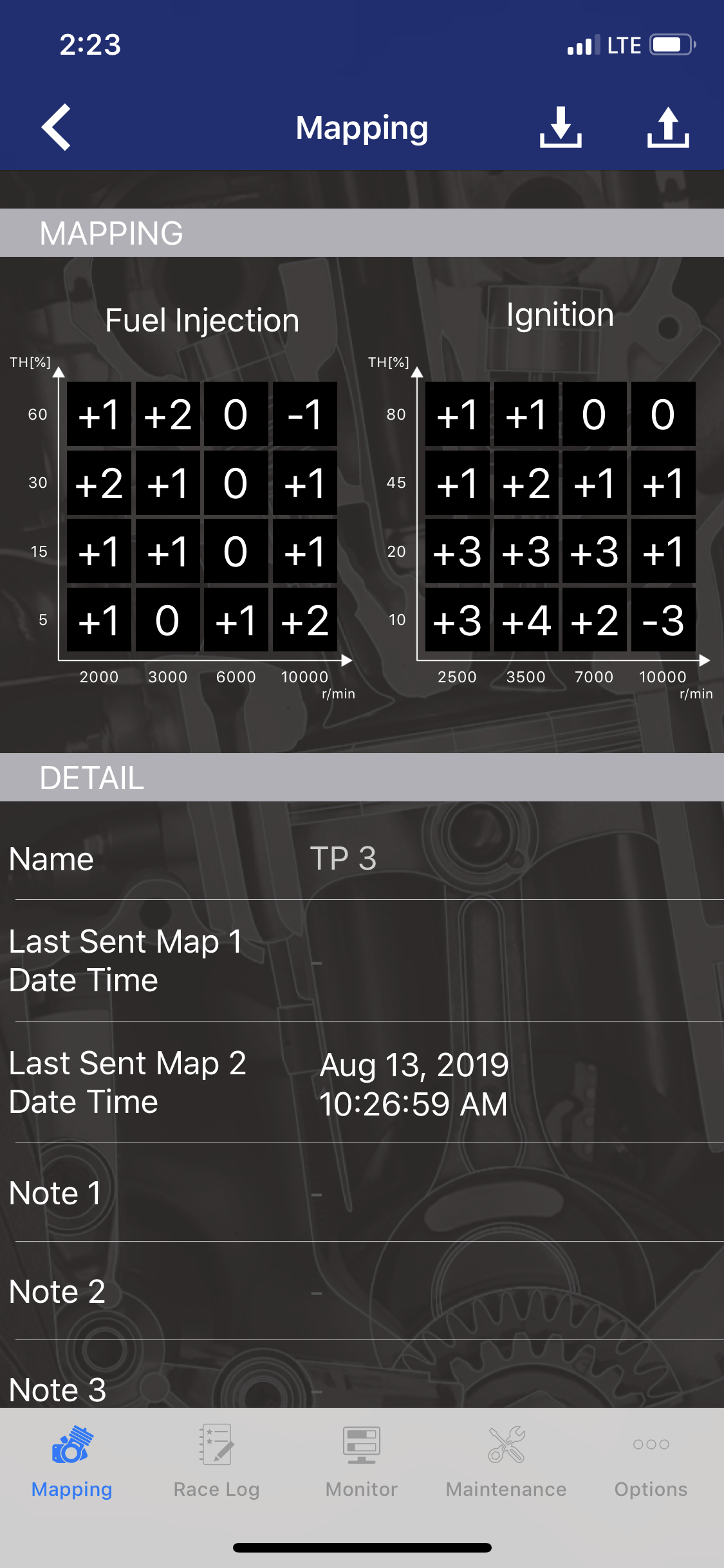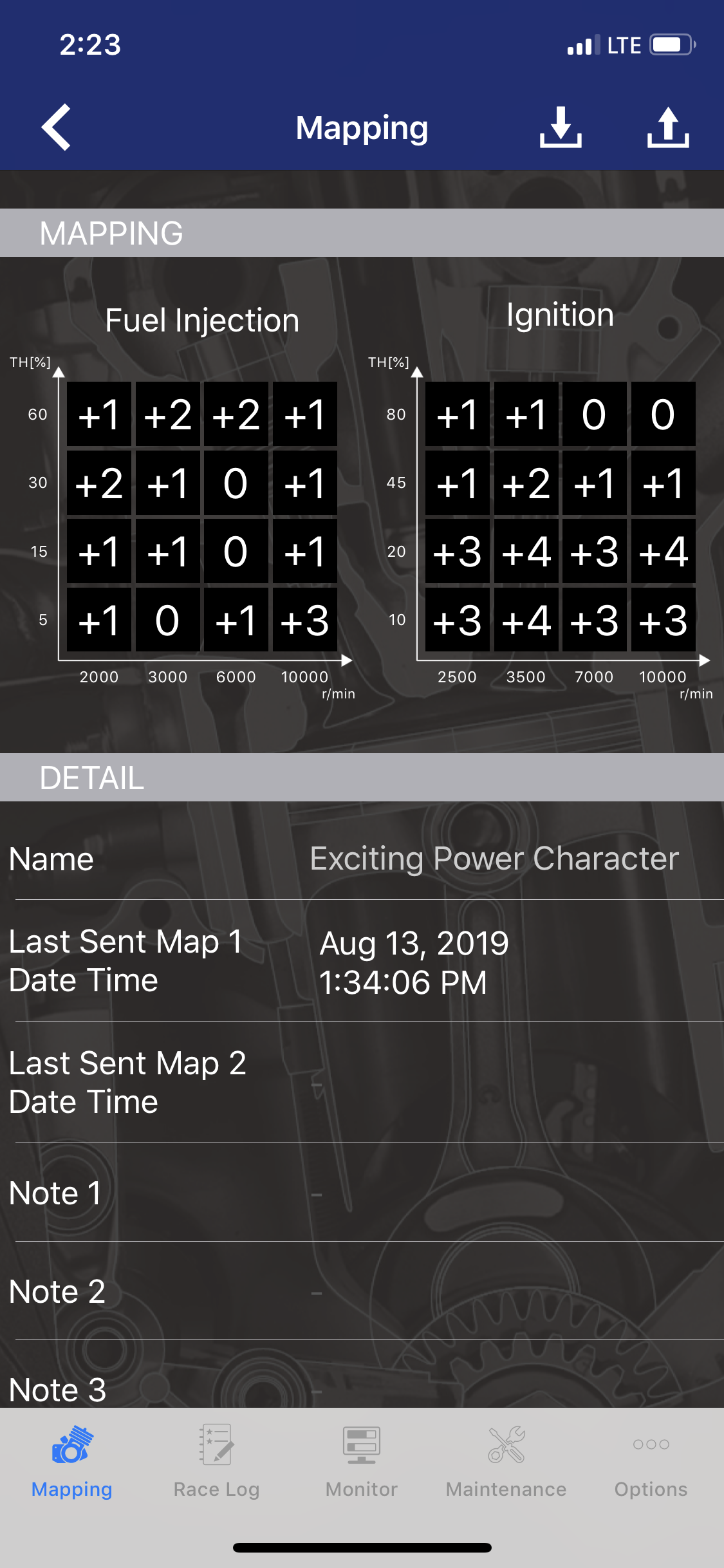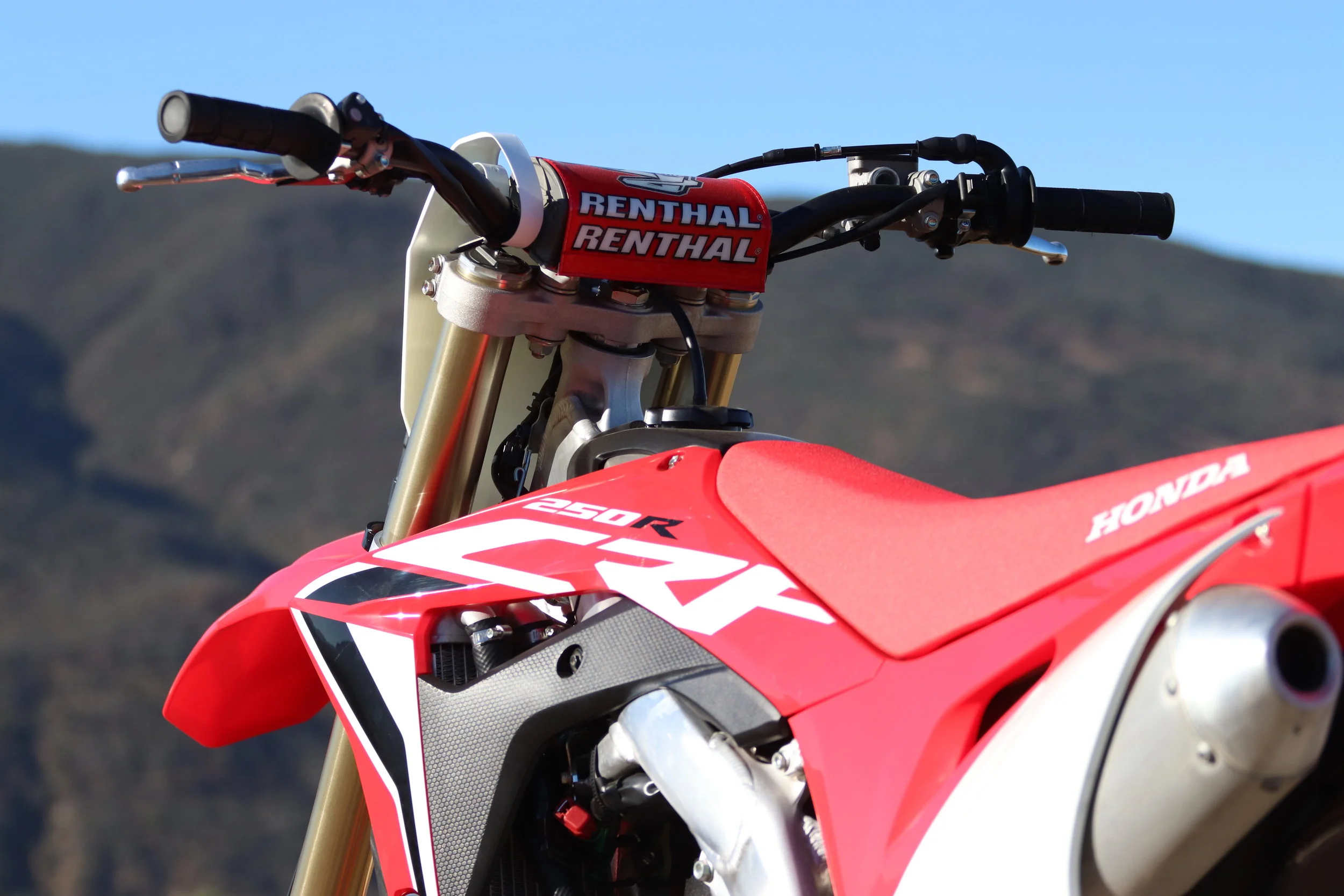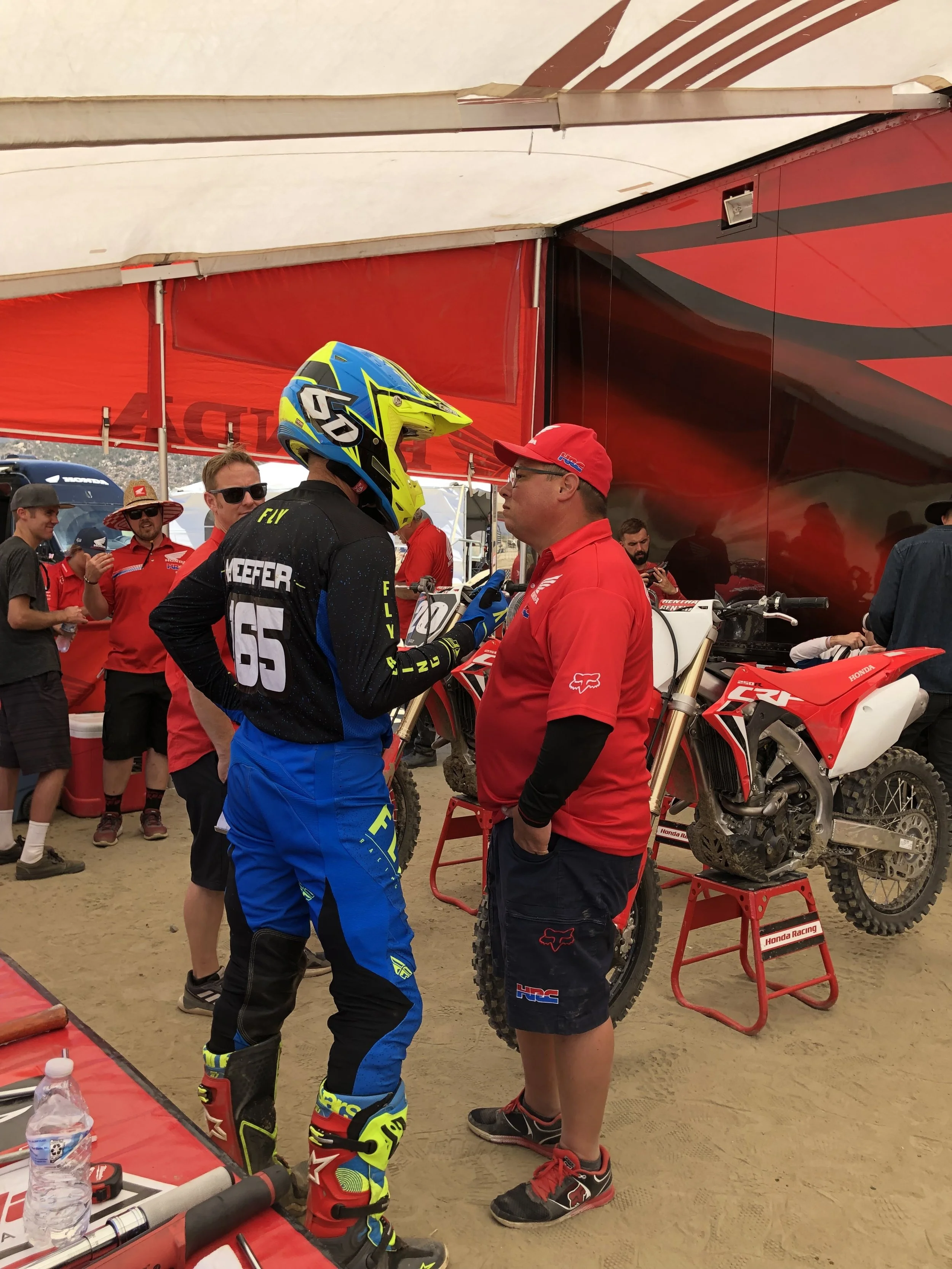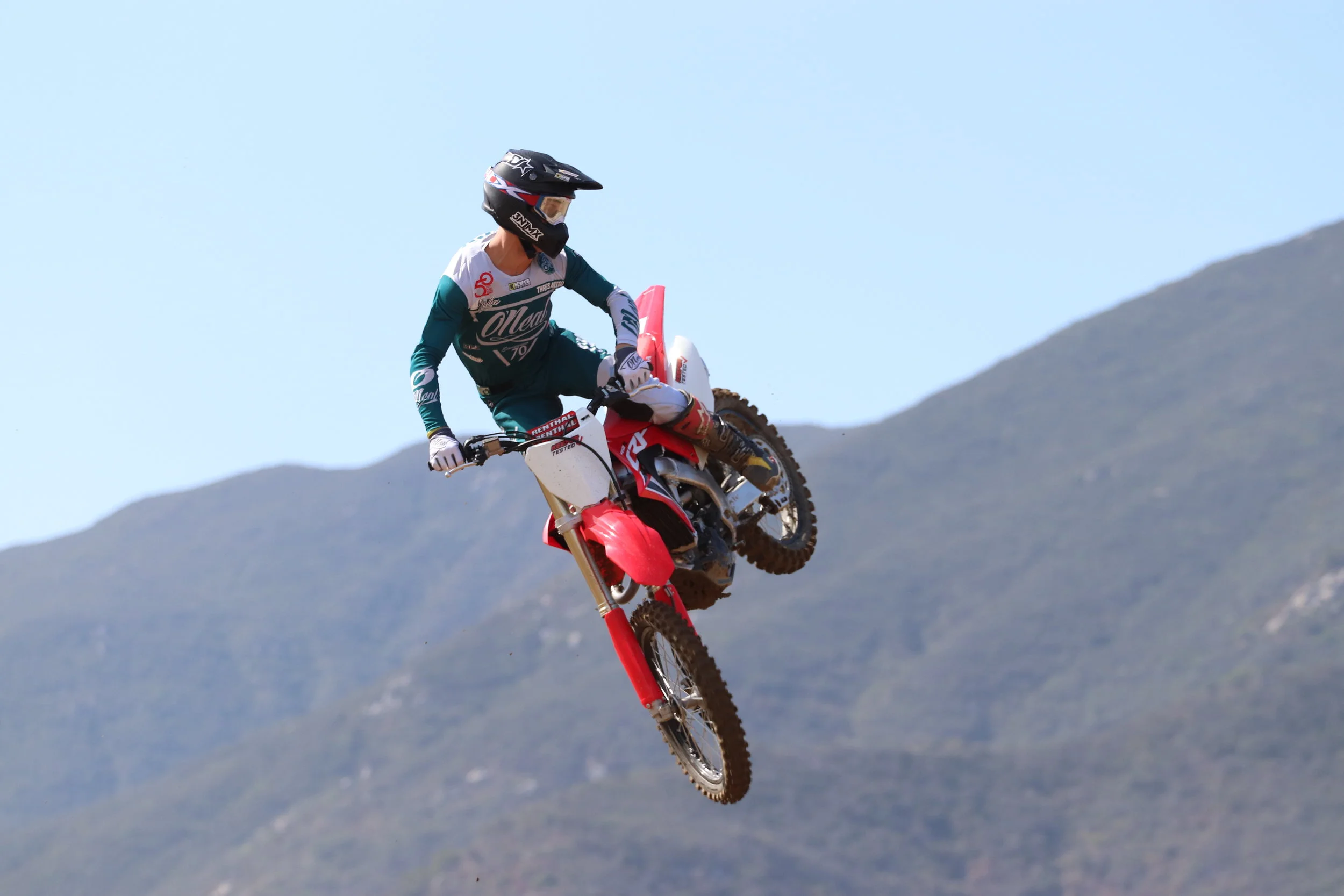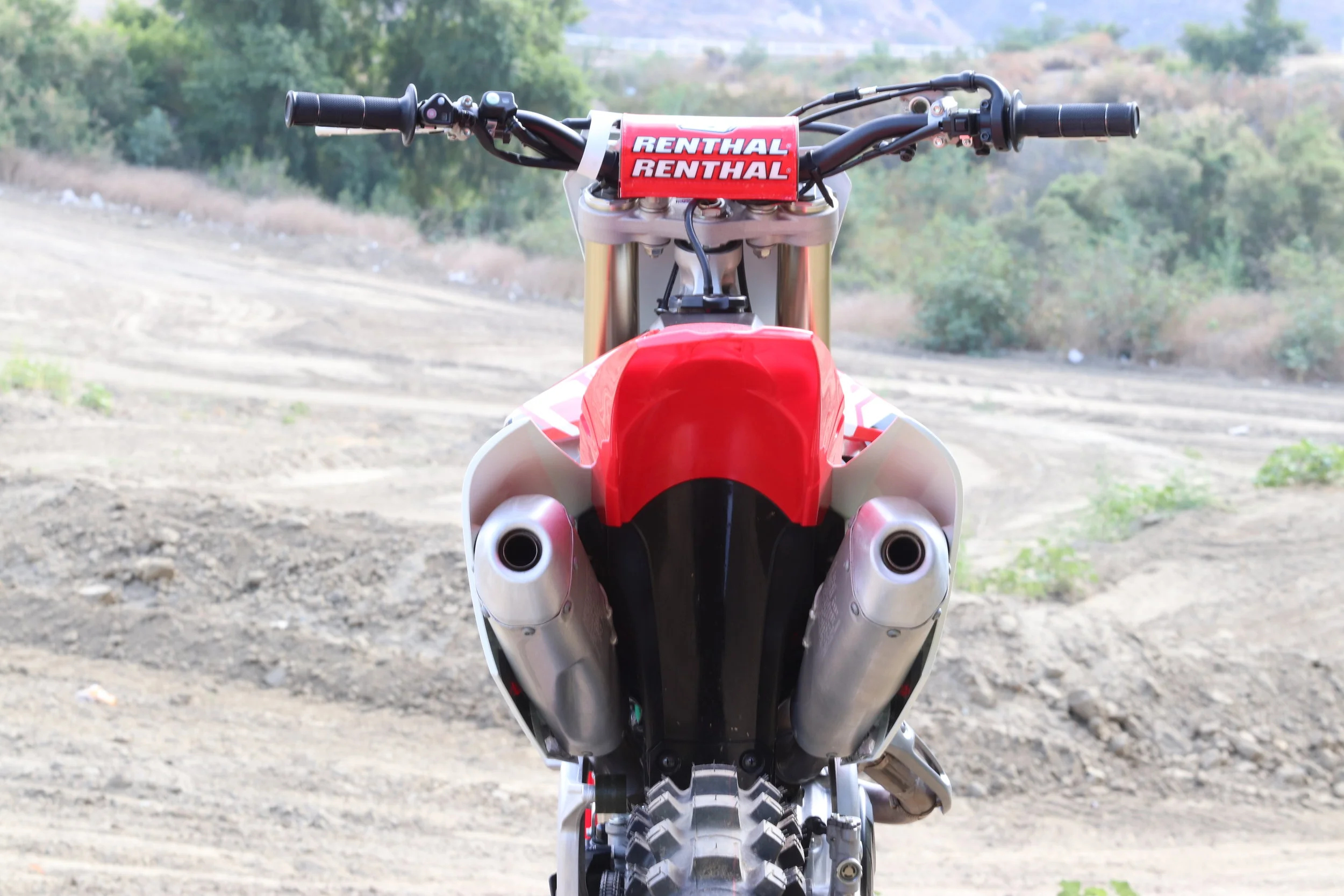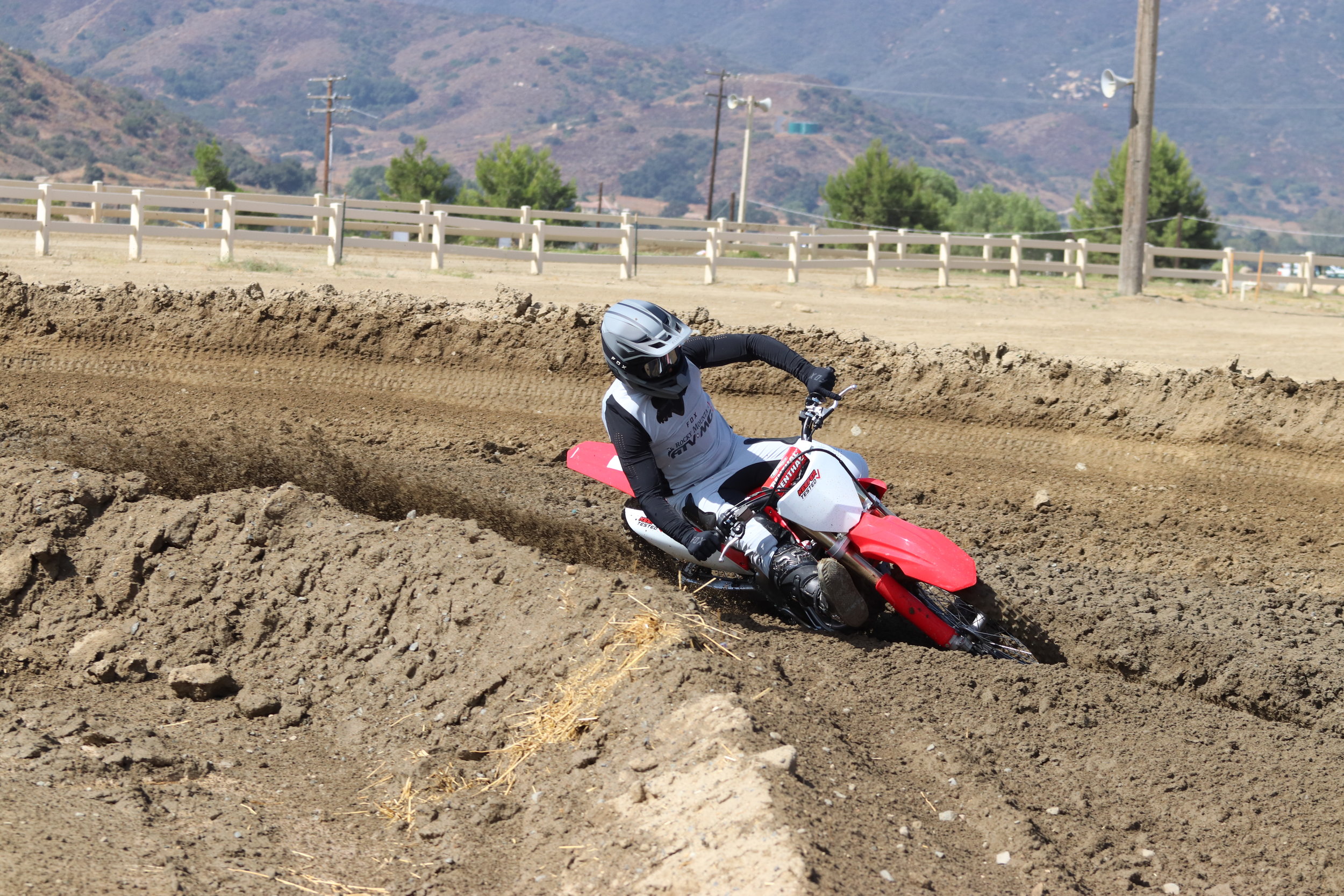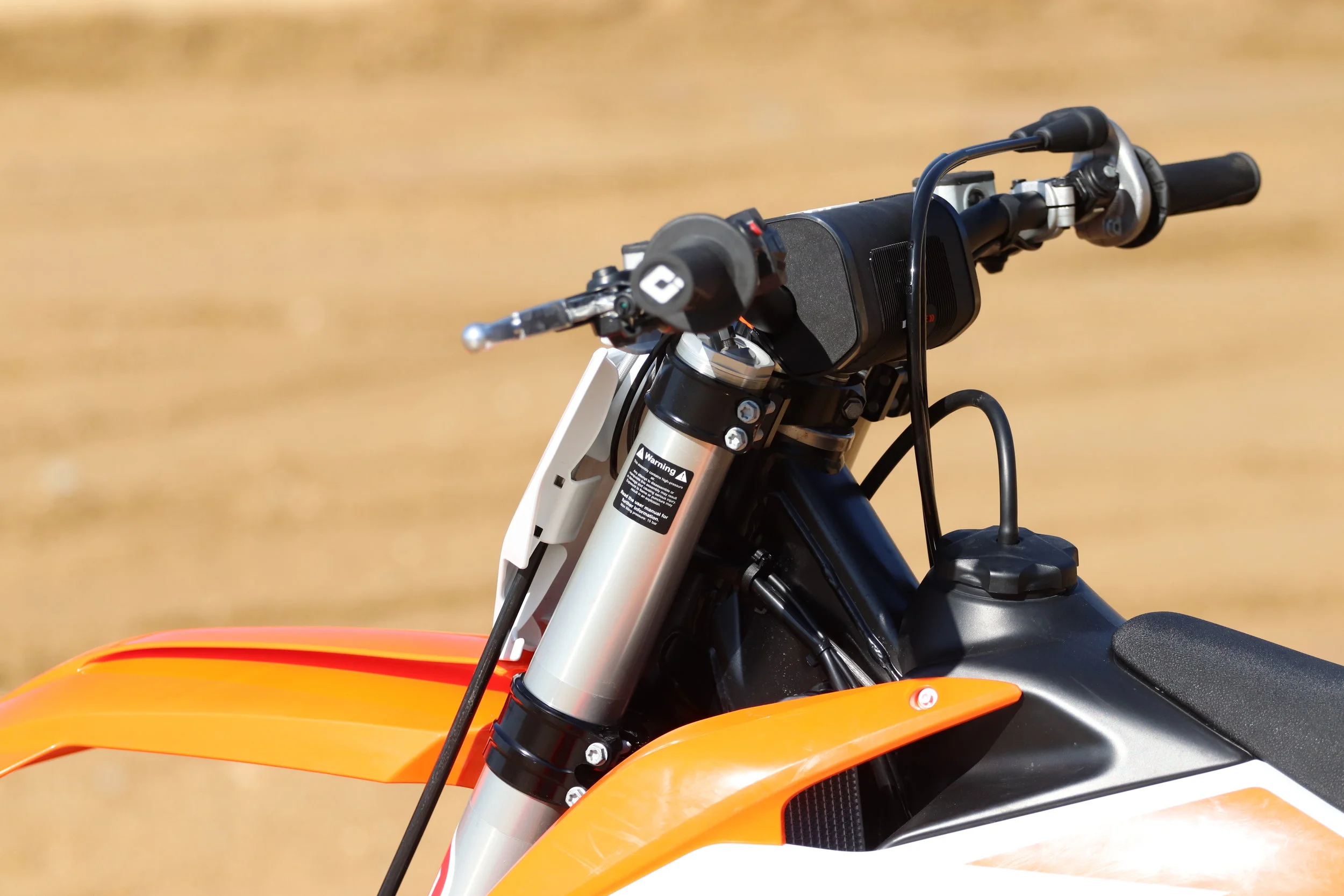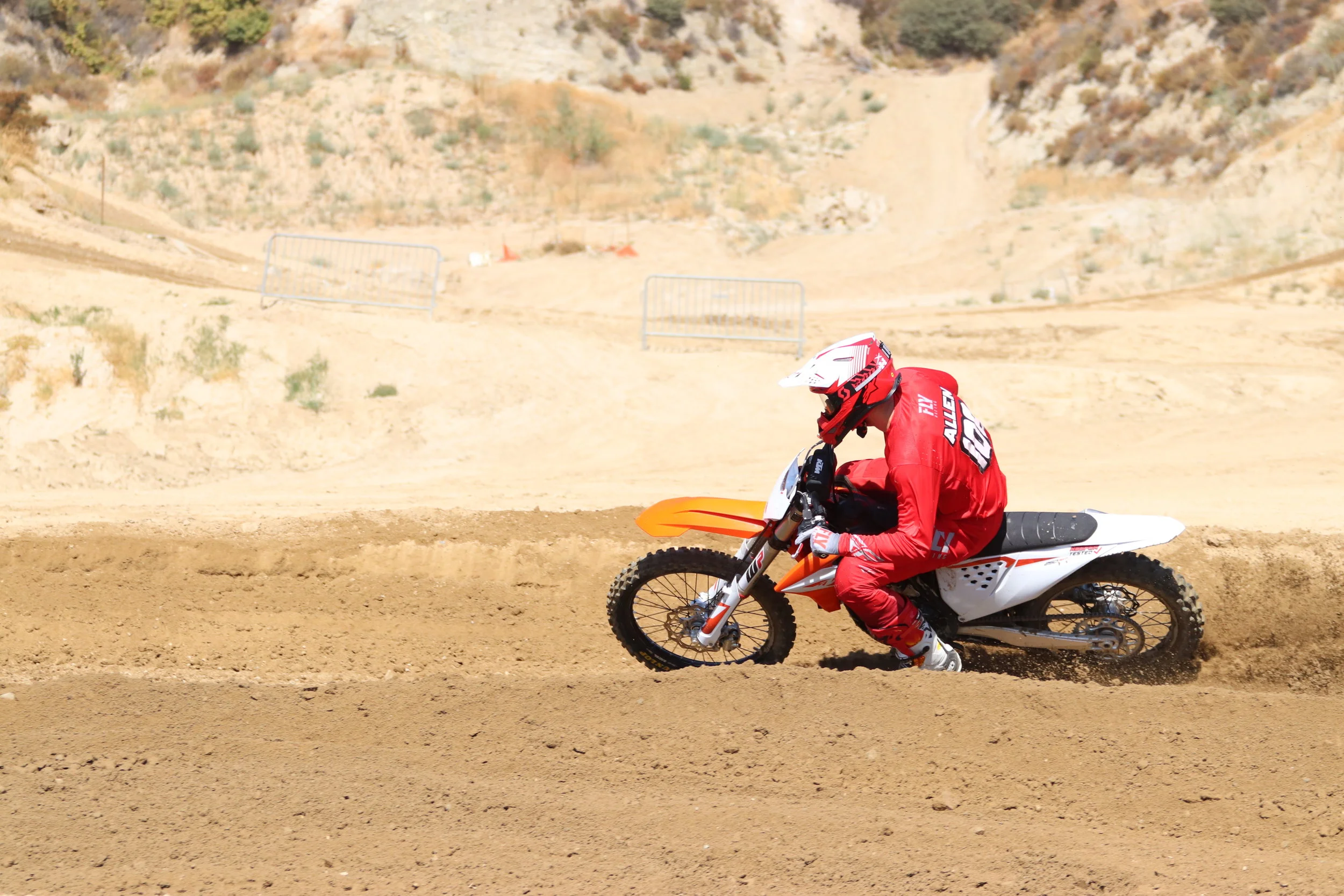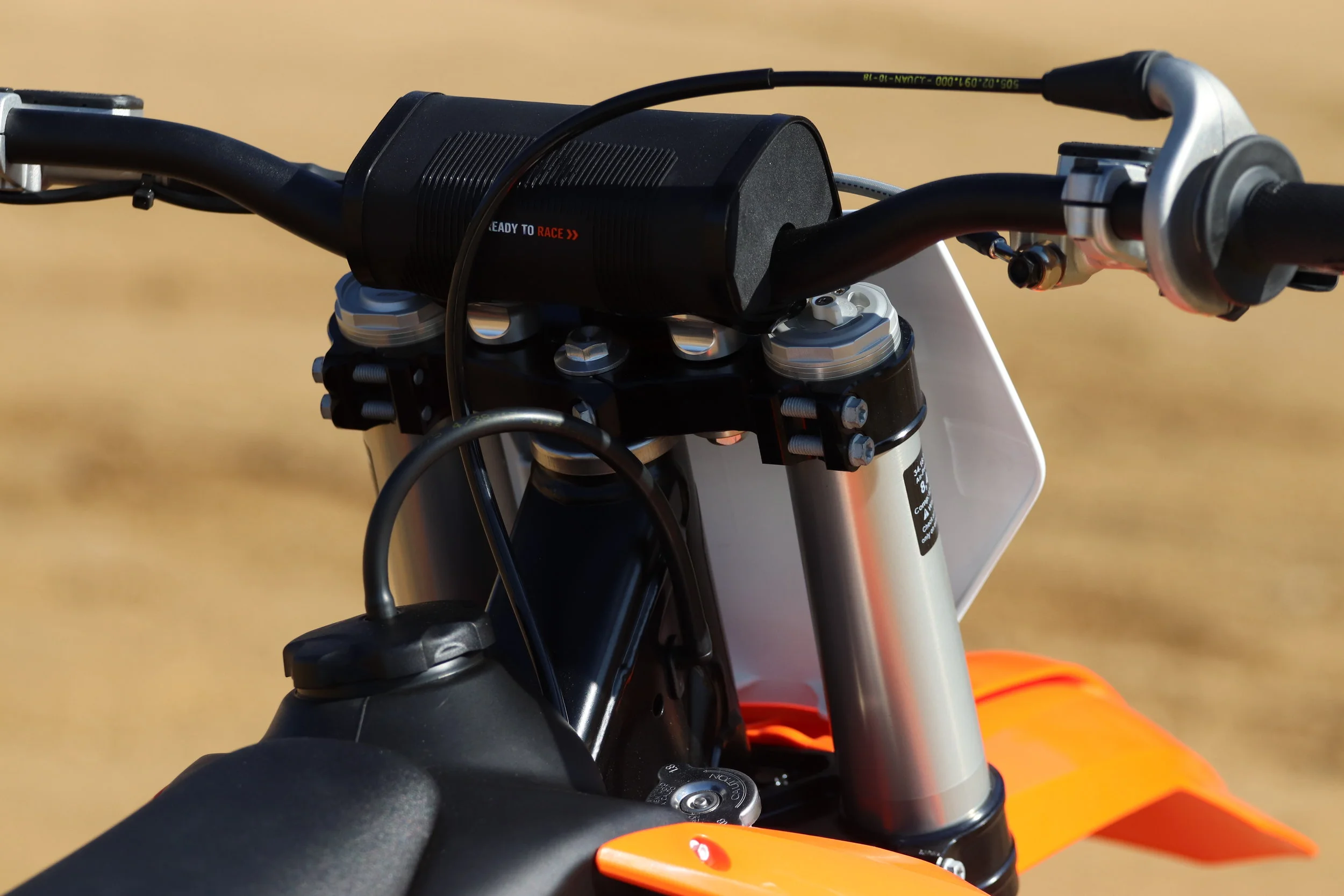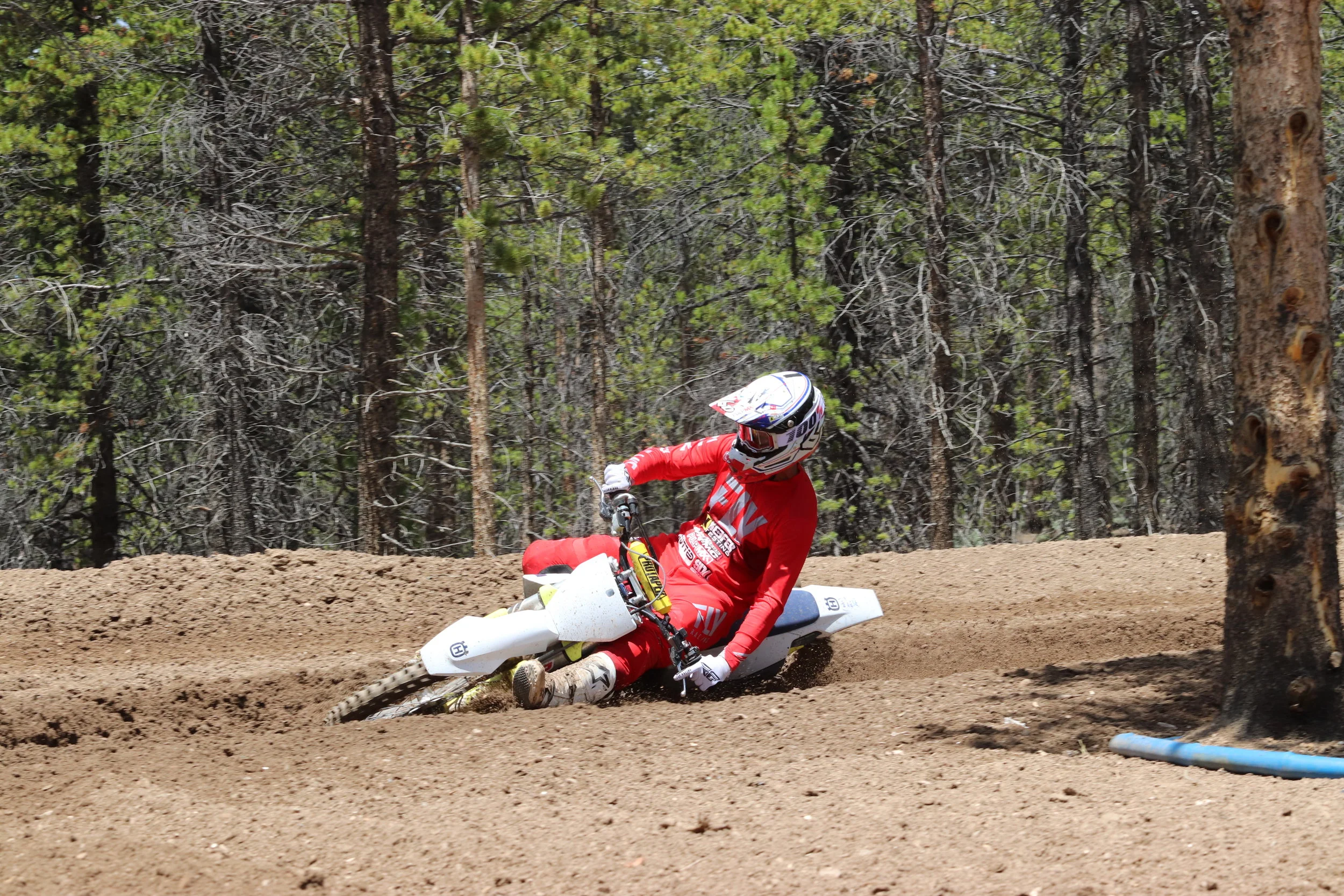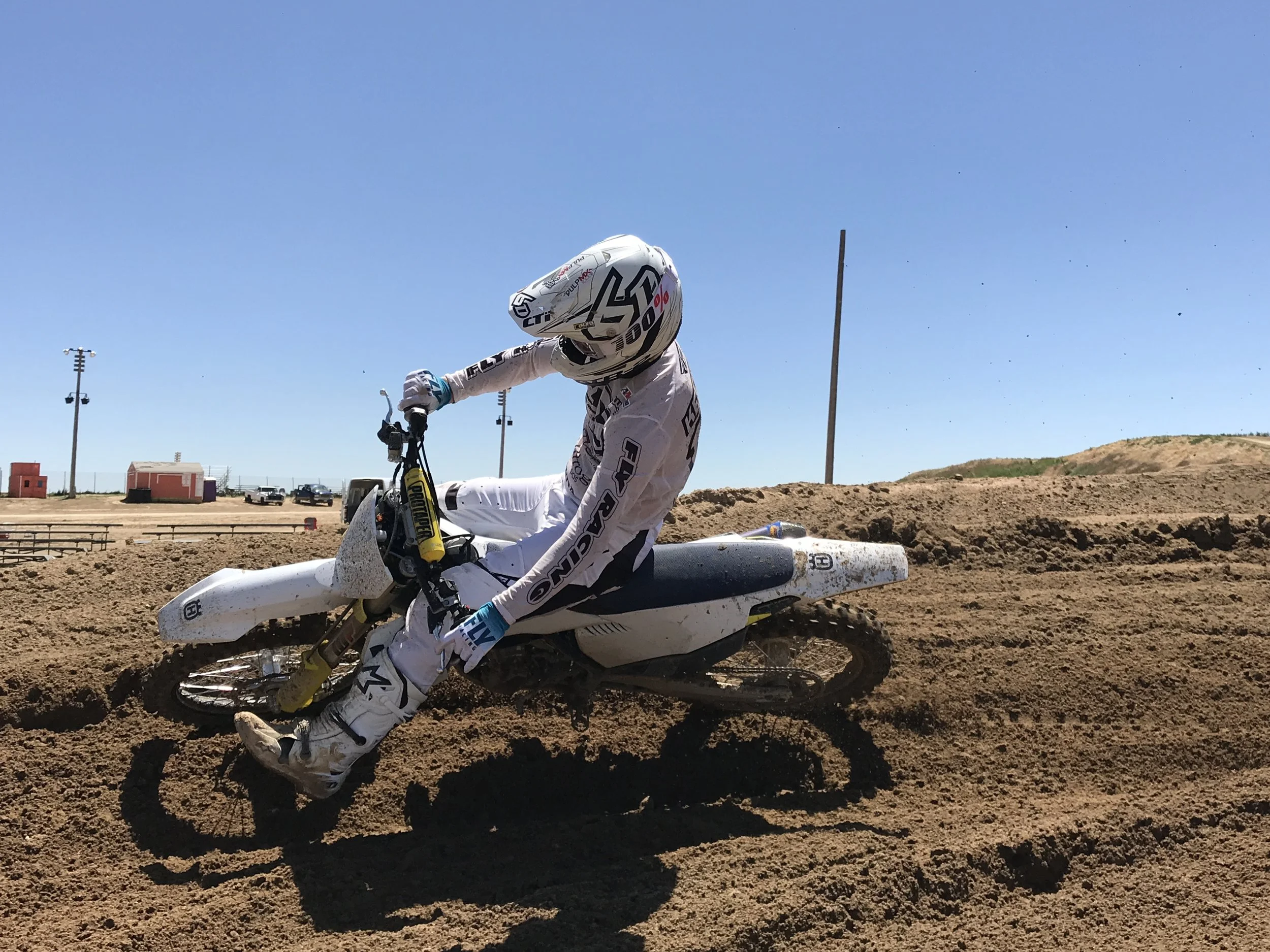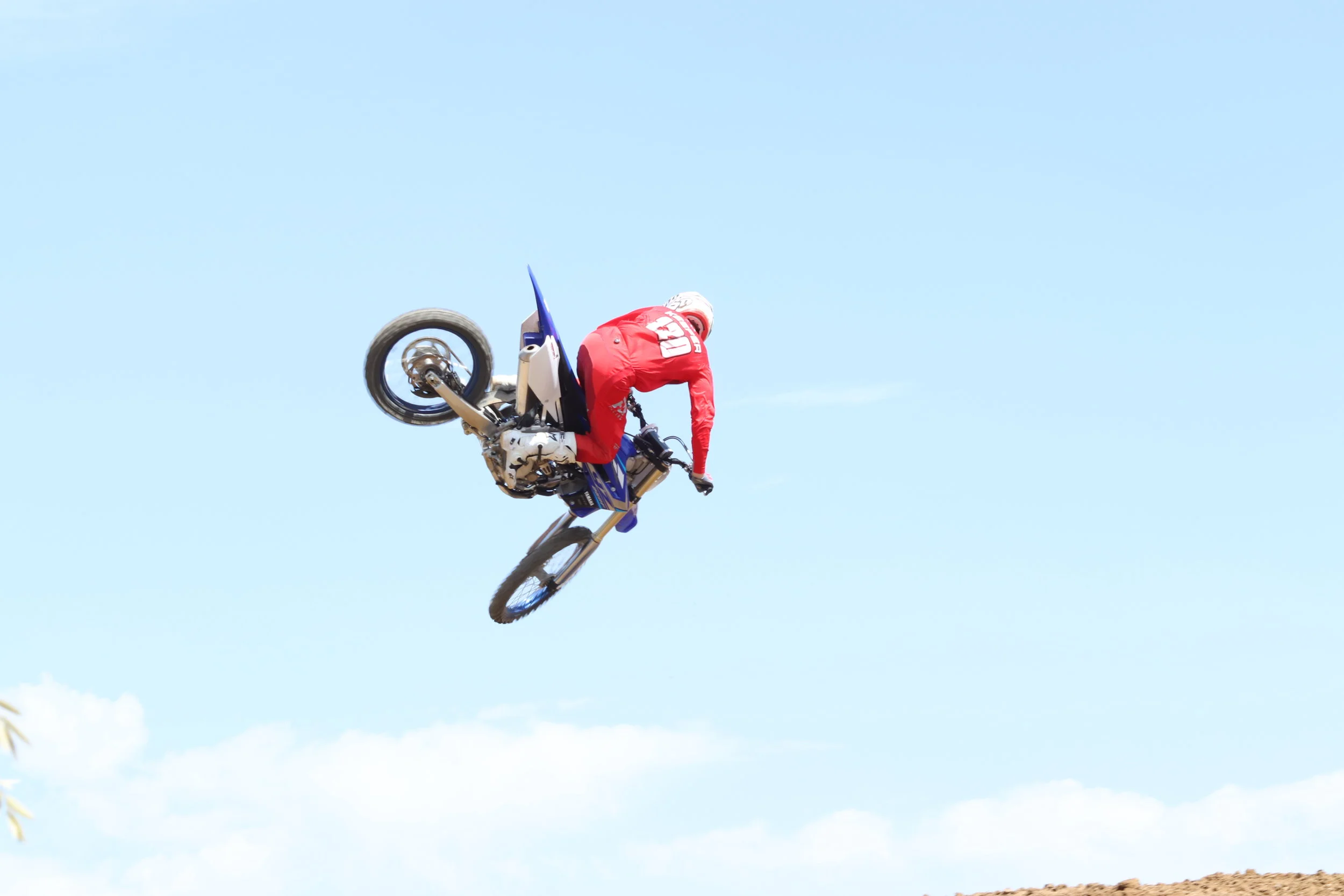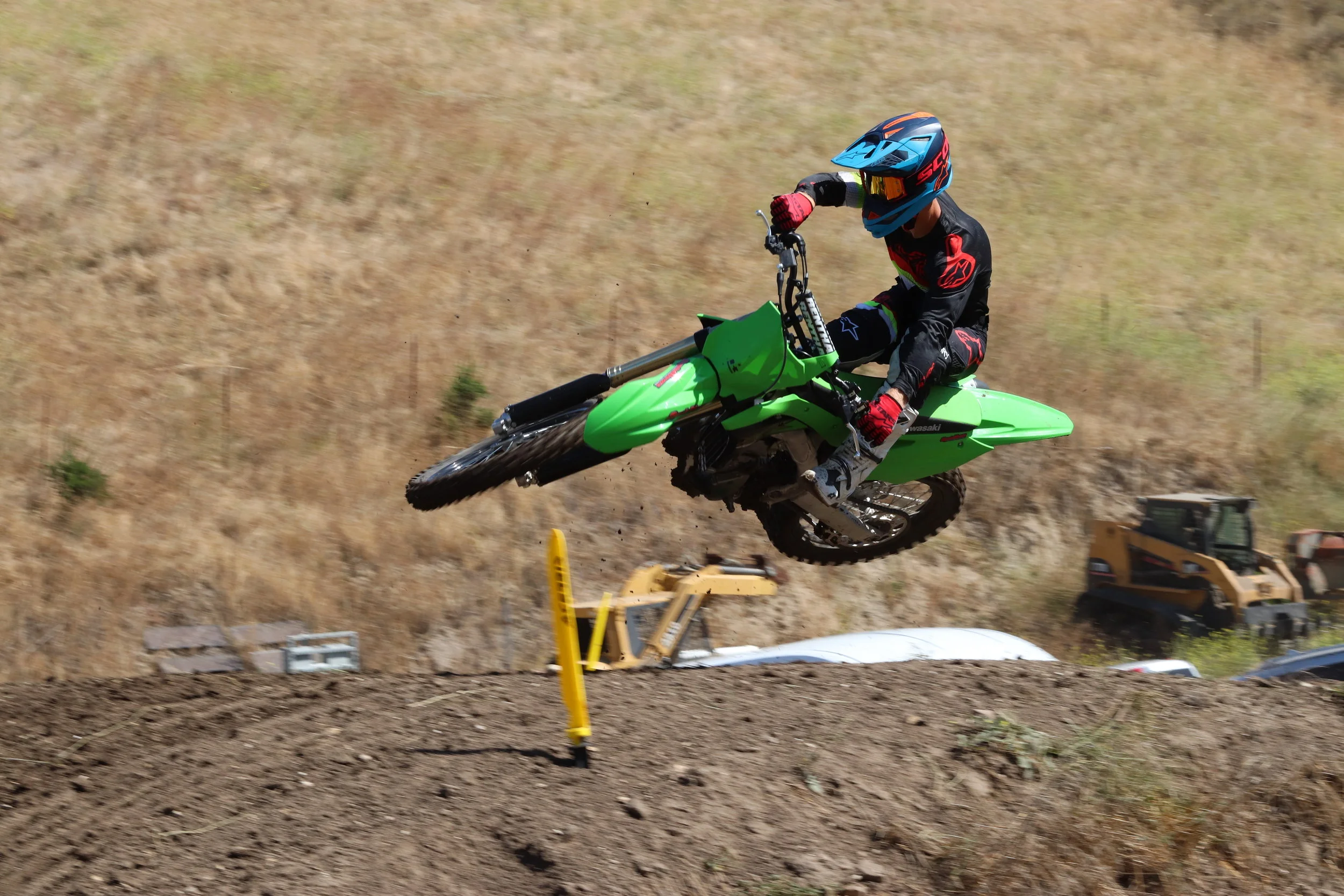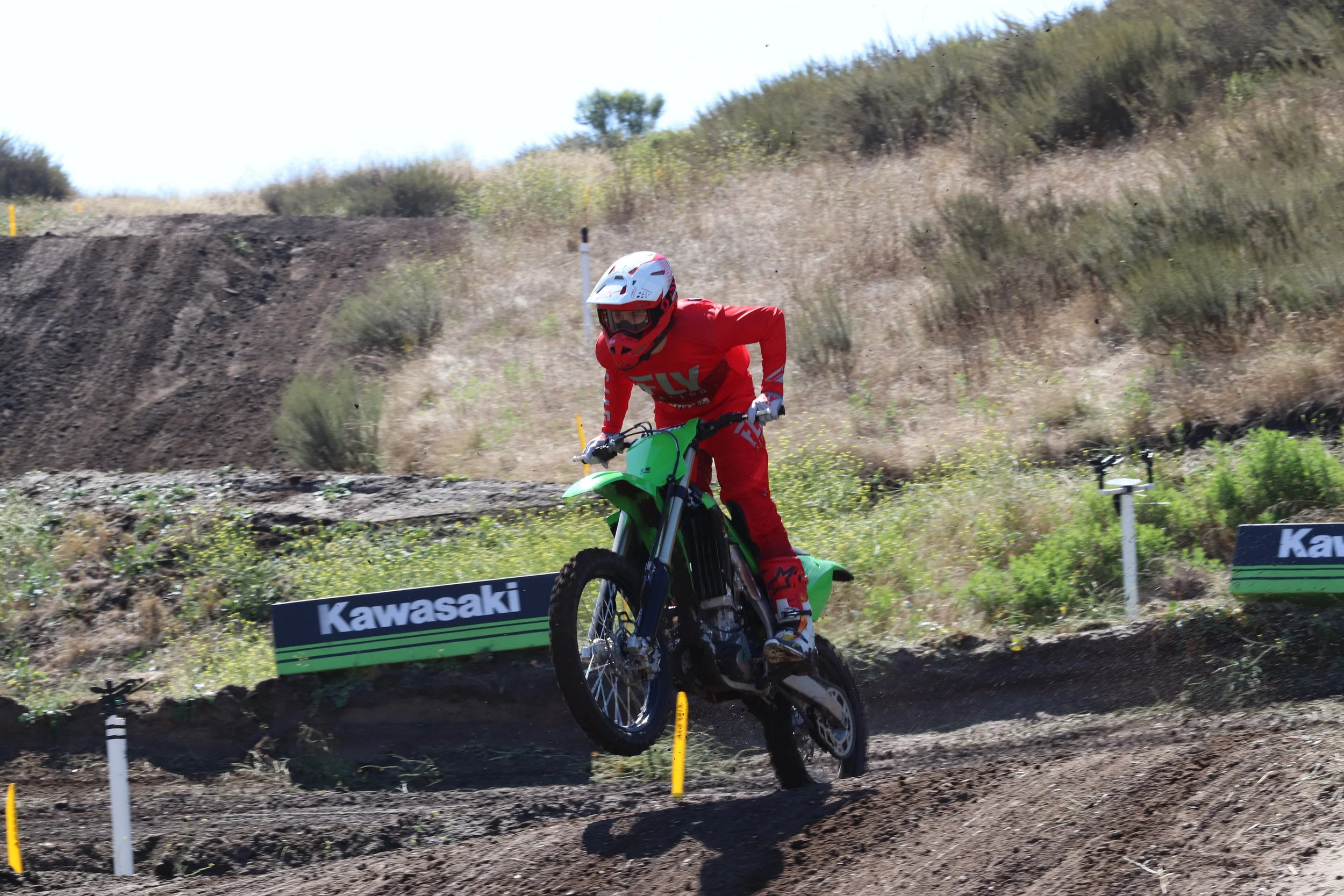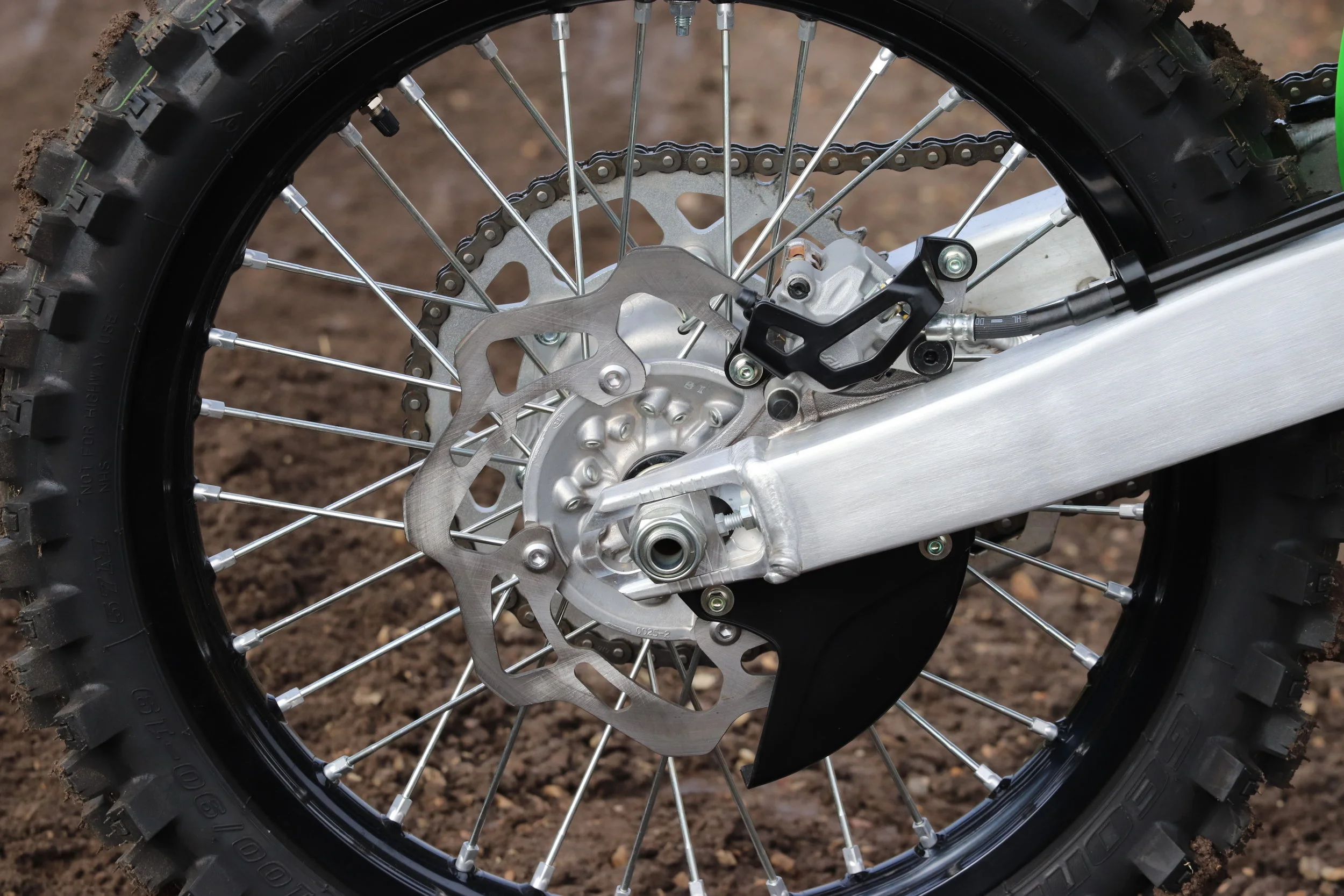Joe Oehlhof is in charge of the 2020 Kawasaki KX450 Keefer Inc. test machine. I like that Joe is hard on bikes and can really test the limits of certain parts of a machine. I asked him to send me his “Top 5” modifications that really improved the 2020 KX450. I didn’t want Joe just to write down his favorite shit about what he got for free, but put the parts he did get for “free”, into perspective for everyone reading this. Which parts that are on the Keefer Inc. Testing KX450 would he actually purchase himself if he went out and purchased his own Kawasaki. That is real to me. This is something that I would want to read. These are Joe’s “Top 5” modifications that he would get done himself, if he would be purchasing a new 2020 KX450 right now. -KK
1. Re-Mapped ECU By Pro Circuit: The stock power character is strong, smooth pulling, and has good "snap" down low. However, while riding this bike in the 2020 450 MX Bracket Shootout and while building it for the World Vet National, I felt I needed to move the power around a bit, so I enlisted Pro Circuit to remap the standard ECU. I wanted 2nd gear to be broader and not ramp up as quick in order to give me a meatier, torquier feel as well as some added rear tire traction with less spin. I also felt like I wanted to use third gear sooner through/or after corners, so getting more recovery was needed. After I installed the re-mapped ECU, I could use third gear more and that allowed me to lug the bike better through corners, which improved my lap times. The added traction I got as well with the PC re-map was noticeable at Glen Helen when the track went to crap! -Trust me, Joe needs to use third gear more! He is like Barcia, but on a KX450! -KK
2. Pro Circuit Ti-6 Exhaust: Next, I went with Pro Circuit’s Ti-6 exhaust, which took the already very useable re-mapped powerband and gave it a boost. It added more torque down low without losing traction, made the throttle feel more "connected" to the rear tire, gave the KX450 a much improved, stronger mid range pull, and even more recovery that allowed me to grab a shift earlier out of corners. Lastly it improved over-rev/top end pull, which allowed me to shift less and if you know me, you know I like to hear that motor sing a little (don’t say a word Kris). -I already did, look above! -KK
3. Hinson Clutch Kit: A full Hinson set up was needed to handle the abuse that I give to the clutch so I went with the outer basket, inner basket, pressure plate, and a sweet looking cover. In stock form the clutch feel is a bit soft and spongy and the engagement point is a little vague. I like to know exactly where my clutch is engaging, which helps to not drag the clutch and gives it a much better/more positive feel on starts. Let me explain this…When you accelerate with the stock clutch system the bike starts to grab traction and then there is some slipping. It’s not the instant engagement or the feel of acceleration that I like and with Hinson’s set up, I was able to achieve the feel I was looking for.
4. Pro Circuit Re-valved Suspension: For a 190 pound guy the stock suspension is usually on the soft side, so of course Pro Circuit re-valved the fork and shock. I went a tad stiffer on the front fork spring, but for the shock, I eventually decided to stay with stock spring rate and used just a re-valve. I initially had a stiffer rear spring, but I lost a little of that initial plushness and comfort feel of the stock spring so we switched back to the standard spring rate and I was much happier. Rough square edge acceleration chop, big downhill kickers, OJ’s, and braking bumps are all handled much plusher with this shock re-valve setup.
PC was generous enough to let me try their A-kit internal cartridge set up, which fits directly inside the tubes of the Kawasaki KX450. These are awesome, but expensive! In stock form the forks ride a little low in the stroke for me, which makes the fork feel harsh on braking bumps. The action of the fork is comfortable, but the plushness of the fork gets lost around mid stroke. Pro Circuit’s A-Kit cartridge setup kept the front end up in the stroke when entering corners and gave me more front tire traction while braking hard as well as better bump absorption. I could be more aggressive yet still have comfort which is tough to do when it comes to suspension. -I can’t believe this “Average Joe” is running A-Kt forks. Wow! -KK
5. X-Trig ROCS Triple Clamps: These were the last modification I made and I'll admit I was surprised at the results. Now I know these clamps are pricey, but I honestly didn't know if they would improve the bike THAT much. I was also concerned that it would make my comfortable Kawasaki become too rigid. The stock clamps flex and twist a bit when pushed hard into corners, which gives the front end a slight vague/pushing feel. It wasn't until I went back to back with each clamp that I figured all of this out. If I would have never tried these X-Trig clamps, I would have never known the sensation of a stock clamp flex character. When I bolted the X-Trig ROCS clamps on I got a front end that was planted and predictable, but what surprised me was how plush the feedback to the bars were. I actually got improved front end traction on initial lean as well as through the middle of corners. Typically when a set of clamps has less flex you'll get a stiffer, rigid feel through the bars, but that is not the case with these X-Trig’s. -Joe running bling on his bike? This is crazy to me! Some bikes react better to aftermarket clamps and this seems to be the case with the KX450. -KK



